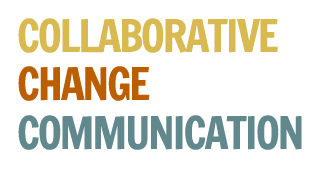 Tsunamis are frequent in Indonesia and more than 35% of them are deadly. The December 26, 2004 tsunami claimed 178,000 lives in the island of Sumatra. In hindsight, the weak tsunami resilience of the people contributed to the terrible catastrophe. Many people were unaware, unprepared, and lacked knowledge about tsunamis. The mass media reported on the December 26 tragic consequences but did not provide substantial information about tsunamis (Morin et al., 2008).
Tsunamis are frequent in Indonesia and more than 35% of them are deadly. The December 26, 2004 tsunami claimed 178,000 lives in the island of Sumatra. In hindsight, the weak tsunami resilience of the people contributed to the terrible catastrophe. Many people were unaware, unprepared, and lacked knowledge about tsunamis. The mass media reported on the December 26 tragic consequences but did not provide substantial information about tsunamis (Morin et al., 2008).
A tsunami resilient community is one that understands, disseminates, and exchanges information about tsunami hazard. It applies mitigation tools and institutionalizes a plan to manage the disaster (Dengler, 2005 as cited in Morin et al., 2008). An educational campaign that promotes concrete preventive actions is one strategy to strengthen the tsunami resiliency of Indonesians (Morin et al., 2008).
To respond to the need for tsunami resiliency, the French and Indonesian governments collaborated to create the TSUNARISK and ATIP-CNRS programs which conducted research activities on hazard zoning, recurrence of tsunamis, forewarning signs, and population behavior as inputs to risk prevention. Meanwhile, the French NGO Planet Risk supplemented the TSUNARISK and ATIP-CNRS scientific research with educative action for the Javanese people. Planet Risk used documentary films, educational leaflets, pedagogic posters, photo exhibit, and road shows to raise awareness, share knowledge, and mobilize people towards adaptive prevention. Besides these communication materials, district level stakeholders and village chiefs discussed local adaptive mechanisms such as where are the safest places to go, what roads to take to escape, and how to communicate and warn about tsunamis.
The educational campaign was the first tsunami program implemented in Indonesia. It was highly participatory from start to end. Moreover, it resulted in the development of a tsunami hazard map, a tsunami database, and a center for tsunami risk sensitization in the country.
To make the program sustainable and the communities resilient to tsunamis, the project recommends a multi-hazard educational program adapted to local contexts and to various groups of the population. More importantly, the country should seek to institutionalize the educational program and craft policies that cover funding sources, technological investments, and emergency services.
Source:
Morin, J., De Coster, B., Paris, R., Flohic, F., Le Floch, D., & Lavigne, F. (2008). Tsunami‐resilient communities' development in Indonesia through educative actions: Lessons from the 26 December 2004 tsunami. Disaster Prevention and Management, 17(3), 430-446. doi:10.1108/09653560810887338
Online copy available here.
Photo credit: AP Photo/Eugene Hoshiko



